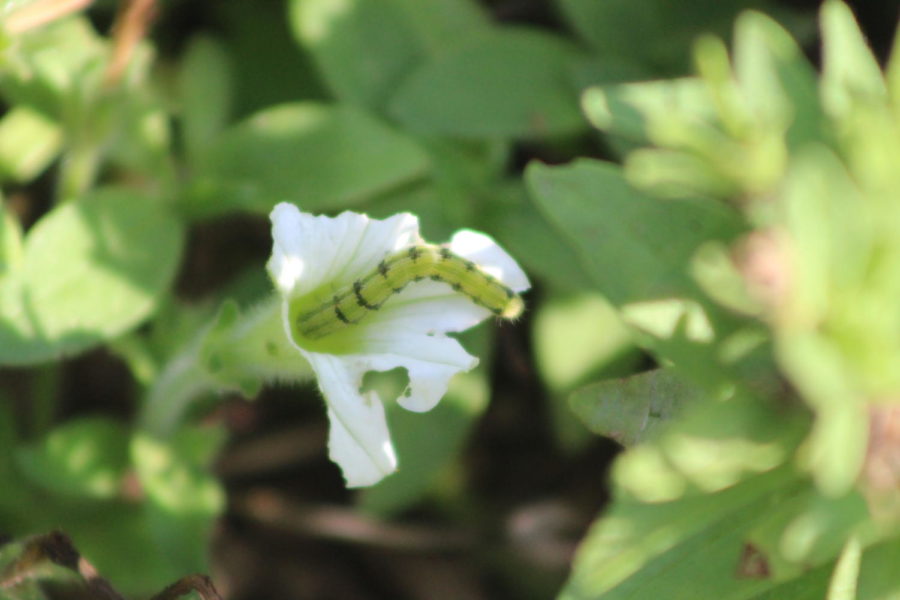Note From a Naturalist: Spring
As the snow melts and excess water from the frozen winter landscape begins to settle in low-lying areas, a special habitat for animals forms. This runoff creates shallow bodies of water called vernal pools. They are called this because these pools only last for a few months in spring and evaporate during the summer. Many species of amphibians use these pools to lay and hatch their eggs. Because the water does not have any fish in it (since the pools are temporary), the amphibians’ eggs are safe from being eaten. Some of the amphibians who use vernal pools exclusively as a place to lay their eggs are Wood Frogs, Yellow-Spotted Salamanders, and Jefferson’s Salamanders. Other animals like fairy shrimp, snakes, and turtles also use vernal pools. Even though these pools are temporary, they provide a rich and thriving habitat for a whole plethora of species! Keep an eye out for amphibians, turtles, and snakes crossing roads this time of year. They are most likely looking for a vernal pool!
Along with the formation of vernal pools, other animals are starting to move around more. With breeding season upon us for many bird species, bird song will start filling the air. Birds use their song for many reasons and have specific calls for each use. Some common types of calls are: mating calls, alarm calls, and contact calls. The first of these calls is fairly self explanatory. These calls are used generally by males to establish their territorial boundaries and attract a mate. Alarm calls are used by birds to alert others about a threat in the area such as a predator or a loud human. Blue Jays are famous for their classic and well-known jay-jay-jay alarm. Finally, contact calls are used for birds in flocks so the members can know both where everyone is and who is in the flock. These calls are often simpler than the other two types of calls and generally consist of short chirps. Leaving a window open this time of year has more benefits than just fresh air because you can listen to the natural symphony of bird song!
The cacophony of bird songs are not the only sounds natural landscapes will be buzzing with – literally! As temperatures rise, insects flourish and many seem to appear out of thin air. One of the earliest insects to emerge are Eastern Bumble Bees because of their fuzzy bodies and muscles that are able to vibrate in order to generate heat. The queens (females who can breed) are the only ones who survive the winter for this species. In the early spring, the queen bees emerge and search the ground for unused mouse holes. Once she finds a suitable tunnel, she lays her eggs in it to start her colony for the season. Eventually, some of her daughters will go on to be queen bees themselves and repeat this springtime search next year! You may also see many caterpillars this time of year. It is very common for insects to overwinter as caterpillars so they can be ready to pupate into adults once spring arrives.
Keep an eye on the night skies on the 21st and 22nd for the Lyrid meteor shower! This shower is best seen in the Southern sky during predawn hours. Luckily, this meteor shower will take place a day after a new moon so the skies will be very dark and you will be able to see more of the meteors! On average, about 10 meteors can be seen in this meteor shower, but on a rare occasion, up to 100 can be seen. Not only is the meteor shower happening over these two days, but the 22nd is Earth Day as well!

